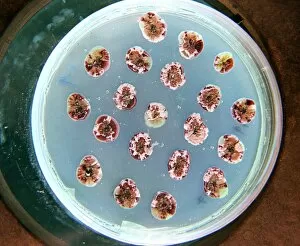Biofuels Collection
Biofuels have emerged as a promising solution to combat the environmental challenges posed by traditional fossil fuels
All Professionally Made to Order for Quick Shipping
Biofuels have emerged as a promising solution to combat the environmental challenges posed by traditional fossil fuels. One such innovative project involves Salicomia seeds for biofuels, harnessing the potential of this unique plant species. The bottle of fresh canola oil adorned with vibrant rapeseed flowers showcases nature's bounty and its ability to provide sustainable energy sources. A porcelain spoon delicately holds vegetable oil infused with rapeseed flowers, symbolizing the harmonious blend between nature and technology in biofuel production. Meanwhile, a biomass crop consisting of stacks of willow bundles stands tall after being harvested for biofuel purposes in Cumbria, England. This image captures the essence of renewable energy generation through responsible agricultural practices. The rapeseed refinery in Liverpool serves as a testament to the growing infrastructure supporting biofuel production. These refineries play a crucial role in transforming raw materials like canola into high-quality fuel alternatives that reduce carbon emissions and promote cleaner air quality. Additionally, an oilseed processing plant signifies the intricate process involved in extracting valuable oils from various crops used as biofuels. It highlights how these plants are carefully cultivated and processed to maximize their energy potential while minimizing environmental impact. Lastly, we witness another remarkable example: the Physic Nut crop grown specifically for its nuts used as biofuel feedstock. This resilient plant exemplifies nature's adaptability and offers an alternative source of clean energy that can be harnessed sustainably. These captivating images depict different aspects of the vast world – from seed cultivation to refining processes – all working together towards a greener future. As we continue exploring renewable energy options like these, we move closer to achieving a more sustainable planet for generations to come.












